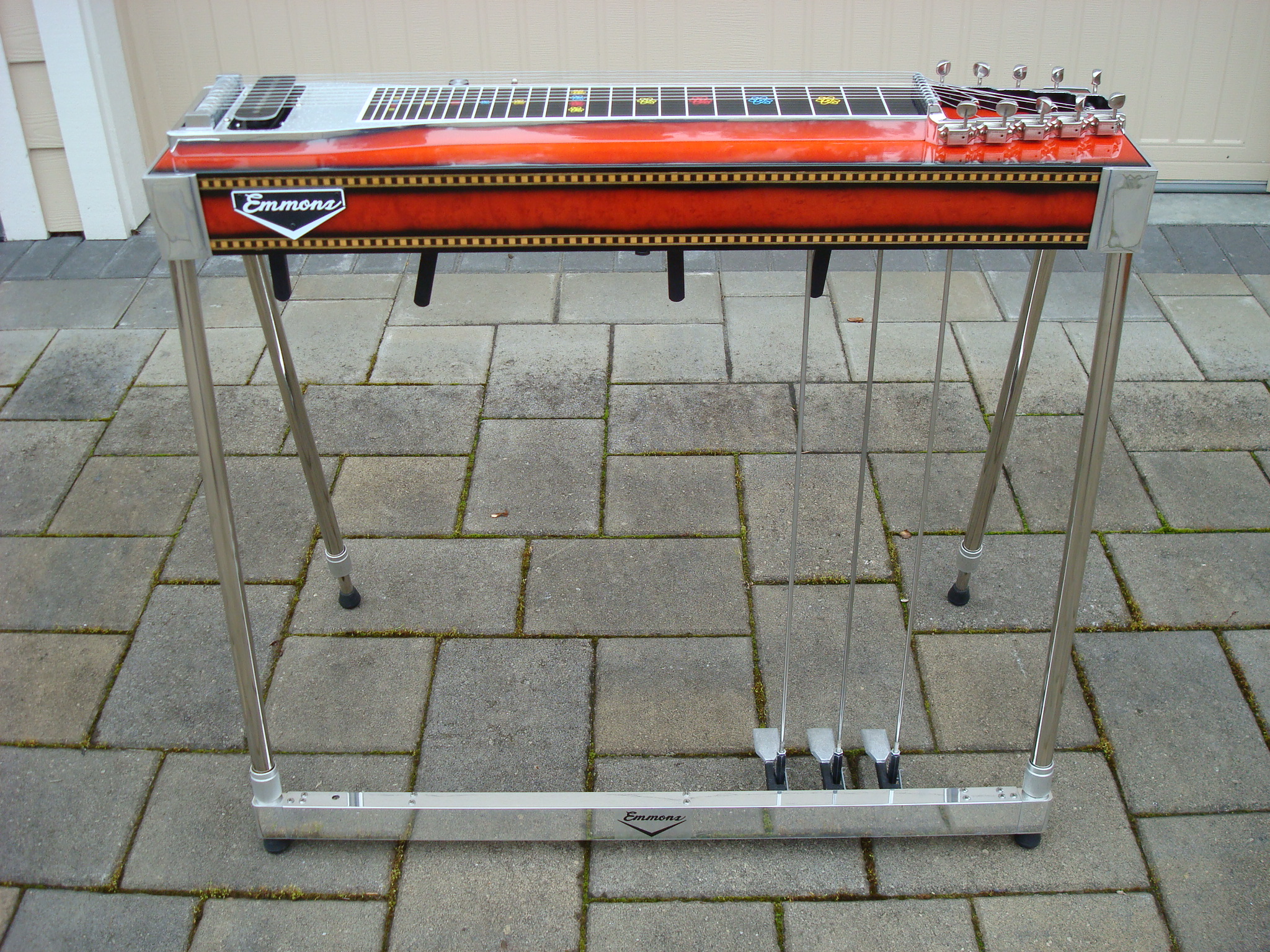

I'm now starting the long process of learning to play an instrument that there isn't much of an analog for in guitar playing. Kind of a longshot, but: any pedal steel payers out there ?įor Christmas (although it arrived in February) I got a GFI S-10 Single neck 3+4 pedal steel. Even simple playing can produce some really cool results - just listen to what Daniel Lanois does with the instrument (preferably out of the hearing of pedal steel traditionalists who can tend to be a little set in their ways.) Not only will you gain a greater mastery of and fluency with your instrument, but when you do use the pedals and levers dynamically it will be so easy by comparison that it will almost seem like cheating.įinally don’t get discouraged when you listen to a true master of the pedal steel, because the stuff I just described could take decades to perfect. Study the evolution of the instrument to understand why each pedal and lever was added relate the different tunings to each other, to the lap steel tunings from which they evolved, and even to the various alternative six-string tunings.



Learn how many different ways you can play scales and chords without even changing the tuning you’re in when you learn a lick using the pedals/levers try to play it in each static tuning without using them. Which brings me to my second point: don’t just think of the pedals/levers as ways of bending notes in a melodic sense or creating chords in a harmonic one, but also think of each combination of pedals and levers as you would an alternative tuning (which is actually how the instrument evolved in the first place.) Approach each tuning individually and learn to get the most out of it, first with a straight bar and then with slants. Not only will it serve you well on lap steel where you don’t have the luxury of pedals, but there are a lot of lap steel tunings available on a pedal steel simply by holding one or more pedals/levers. One thing I would recommend is to learn to do as much as possible with bar slants.


 0 kommentar(er)
0 kommentar(er)
